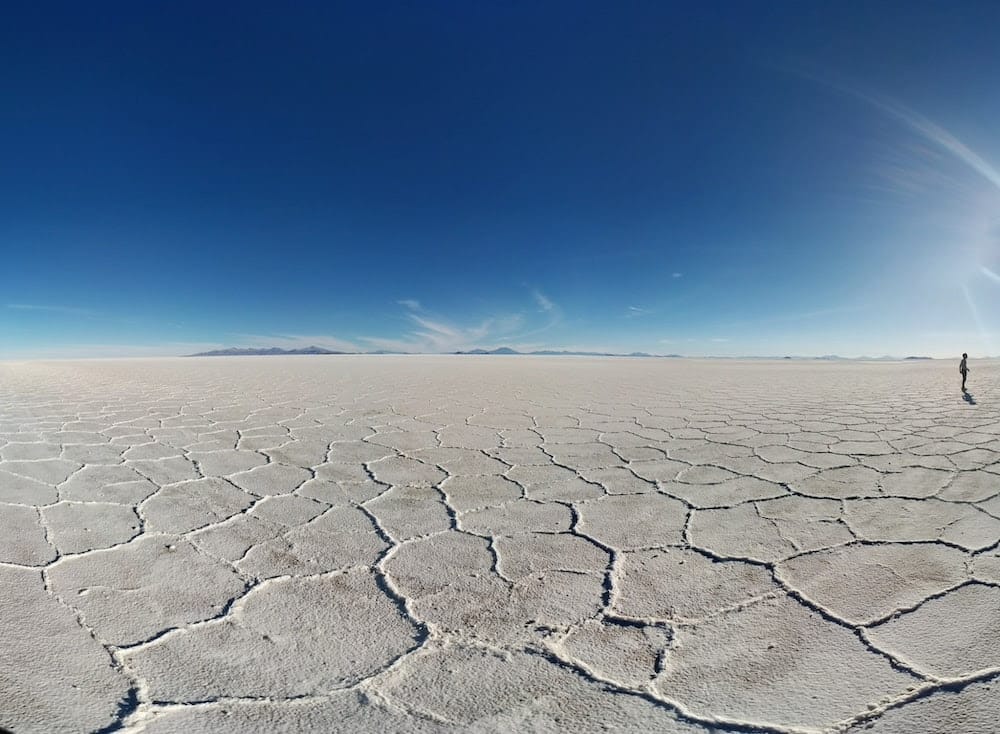Nasa’s Tess space telescope, launched over five years ago to search for rocky exoplanets, has observed two new Earth-like planets orbiting a red dwarf star. Both planets lie within the habitability zone of their star, and the James Webb Telescope will now be able to search for their atmosphere.
The planets, located around 142 light-years from Earth, have been the subject of a study published on the ArXiv website and have been named TOI-2095b and TOI-2095c, the TOI terminology corresponding to the stars discovered by the Tess telescope, for Tess Objects of Interest. They have a radius close to that of the Earth, and a mass of 4.1 Earth masses for one planet and 7.4 for the other.
The main interest of these planets lies in their location, within the habitability zone of their star, at a distance that could allow the presence of liquid water. If the presence of water can mean the presence of life, the presence and composition of the atmosphere are also crucial. Depending on its characteristics, the atmosphere may not be conducive to the development of life, for example, if it is similar to that of Venus, or the atmosphere may have been destroyed by radiation from the dwarf star.
Nonetheless, initial observations of the two planets, notably their location relative to the star and Earth-like characteristics, make them ideal candidates for future exploration by the James Webb Telescope. The researchers point out, for example, that extremely precise radial velocity tracking observations can help improve measurements of the planet’s mass, and provide certain constraints for future prospects of atmospheric characterization.




